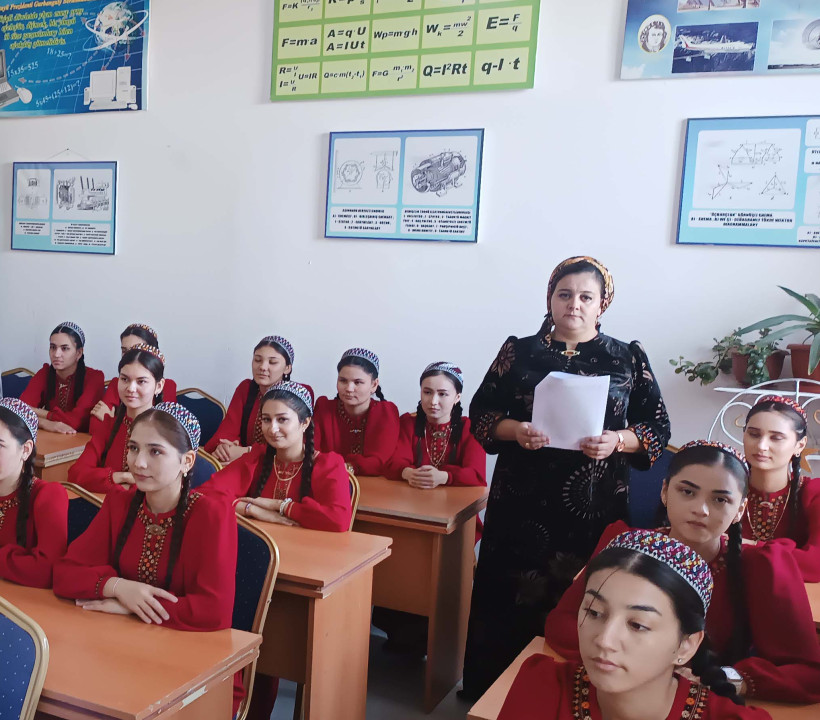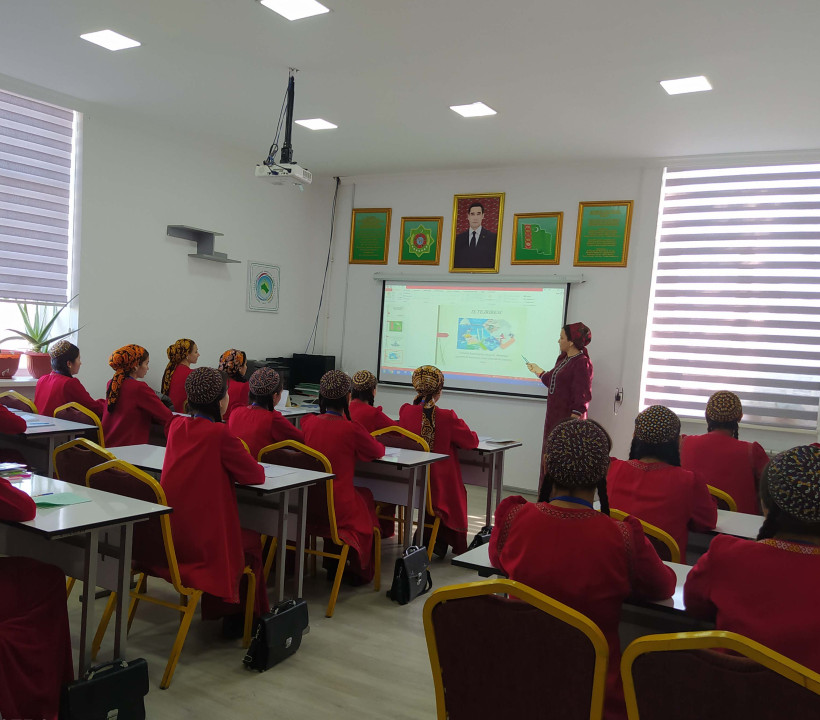The role of fertilizer chemistry in the intelligent specialization of the country's agricultural development.
1. Bulk chemical industry.
More than 70 elements are found in plants, most of which are found in very small amounts. However, elements such as carbon, oxygen, hydrogen, nitrogen, phosphorus, sulfur, magnesium, potassium, and calcium are also abundant and essential for life. Plants can obtain nitrogen, phosphorus, and potassium (NPK) from the air and soil. However, these three elements (NPK) are supplied externally to the plants for good yield. Fertilizers are used to enrich the soil with NPK.
Organic fertilizers. In them, nutrients are stored in substances of animal and plant origin. First of all, these fertilizers include manure, as well as various products of the processing of substances of animal and plant origin (peat, fish meal, feces, urban waste and various food wastes).
Bacterial fertilizers - retain microorganisms that facilitate the accumulation of nutrients in the soil.
2. Mineral fertilizers - products of inorganic origin, prepared by the industrial-factory method: chemical or mechanical processing of inorganic raw materials (for example, extraction of minerals - phosphorites, potassium salts, dolomites, etc., etc.). .). Mineral fertilizers obtained by chemical processing of raw materials differ in the concentration of active substances. Mineral fertilizers are divided into the following groups according to their active ingredients: nitrogen, phosphorus, potassium and micronutrients (boron, molybdenum, etc.).
Along with the increasing demand for fertilizers, the production of NPK and NPK compounds has also increased. Many mineral fertilizers (for example: KCl, NaNO3, NH4NO3, etc.) contain only one nutrient. Such fertilizers are considered simple. Mineral fertilizers with two or three primary nutrients (NPK) in their composition are more complex. They belong to complex fertilizers.Air (raw material for nitrogen), phosphate rock (raw material for phosphorus) and sylvinite (raw material for potassium) are used as the main raw materials for fertilizer production.Fertilizers are divided into simple and complex fertilizers according to the nutrients stored in the system. Simple fertilizers include nitrogen, phosphorus and potassium fertilizers. Simple nitrogen fertilizers include ammonium nitrate NH4NO3, urea (NH2)2CO and others. Simple superphosphate Ca(H2PO4)2•2CaSO4, double superphosphate Ca(H2PO4)2 and others are simple phosphorus fertilizers. Simple potassium fertilizers include potassium sulfate K2SO4 and others.
Teacher: Guradova Ogulnyaz





